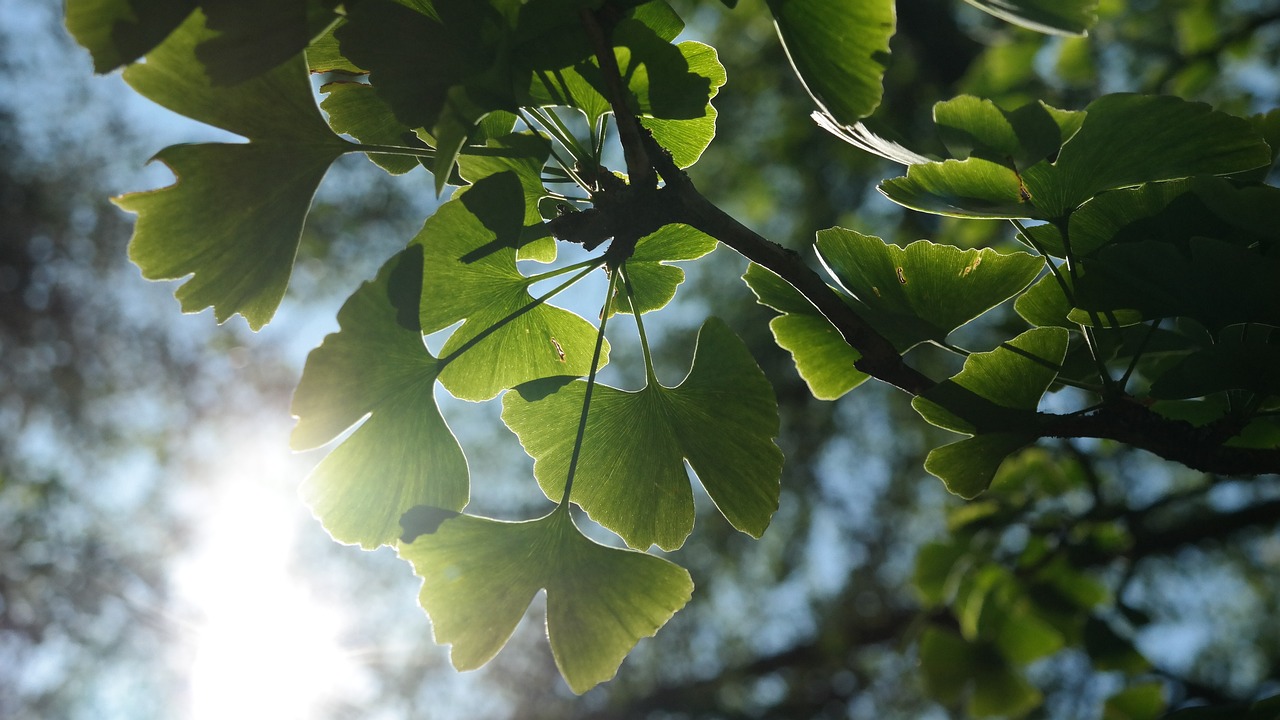Plant care is both an art and a science. Whether you’re a seasoned gardener or a newcomer to the world of greenery, understanding the fundamentals can make the difference between a thriving oasis and a wilting collection. In this article, we’ll dive into essential plant care tips, with a special focus on the care of goldfish and umbrella plants. These tips will help you nurture and grow your indoor garden successfully.
Understanding Plant Basics
Before we delve into the specifics of goldfish and umbrella plant care, it’s crucial to grasp the essential elements that all plants need to flourish.
The Right Light
Plants are autotrophs, which means they create their own food using light, air, and water. Ensuring that your plants receive the correct amount of light is vital. Too little light and they may struggle to photosynthesize; too much light and they might burn. Research the light requirements for each plant species and position them in your home accordingly.
Water Wisdom
Overwatering is one of the most common mistakes in plant care. Plants need water to transport nutrients from the soil to their cells, but too much can lead to root rot. Conversely, underwatering can lead to withered plants that can’t function properly. Learn the watering needs of your plants and establish a consistent routine.
The Importance of Soil
Soil provides your plants with the necessary nutrients and a base for their roots. Use the right type of soil for your plant, which will typically be well-draining and nutrient-rich. Some plants may require soil with specific pH levels or additional perlite or vermiculite to aid drainage.
Temperament for Temperature
Most houseplants thrive in temperatures between 65 and 75 degrees Fahrenheit (18–24 degrees Celsius). Avoid placing plants near drafts, radiators, or air conditioning units, as these can create temperature fluctuations that plants dislike.
Humidity and Houseplants
Many houseplants originate from humid environments and can struggle in the dry air found in many homes. If you notice brown leaf tips or a general lackluster appearance, it might be a sign that your plant is craving more humidity.
Goldfish Plant Care
Introduction to the Goldfish Plant
The goldfish plant (Nematanthus spp.), named for its bright orange blooms that resemble goldfish, is a charming addition to any indoor space. Native to the tropics, these plants prefer conditions that replicate their natural habitat.
Lighting Needs
Goldfish plants thrive in bright, indirect light. A spot near an east or west-facing window where the sun’s rays never actually touch the foliage is ideal.
Watering and Soil Requirements
When it comes to watering, allow the top inch of soil to dry out between watering sessions. These plants prefer well-draining soil that is rich in organic matter. A mixture of potting soil, peat, and perlite usually works well.
Temperature and Humidity
Maintain indoor temperatures around 65-75°F (18-24°C) and avoid sudden temperature drops. High humidity is a must for the goldfish plant, so consider placing it on a pebble tray with water or using a humidifier.
Umbrella Plant Care
Introduction to the Umbrella Plant
The umbrella plant (Schefflera arboricola), with its glossy, umbrella-shaped leaves, is a popular choice for indoor gardeners. It’s adaptable but has specific needs that must be met to ensure it thrives.
Lighting Needs
Umbrella plants prefer bright, indirect light. Direct sunlight can scorch the leaves, while too little light can lead to leggy growth and a sparse appearance.
Watering and Soil Requirements
These plants are somewhat drought-tolerant and should be watered only when the top layer of soil feels dry. They prefer a well-draining soil mix, similar to that of the goldfish plant, but with a bit more loam.
Temperature and Humidity
The ideal temperature range for umbrella plants is between 60-75°F (15-24°C). They can tolerate lower humidity levels but will look their best with higher humidity.
Advanced Plant Care Tips
Fertilizing Your Plants
Providing your plants with the right type and amount of fertilizer can make a big difference in their growth and health. During the growing season (spring and summer), fertilize your plants every 4-6 weeks using a balanced, water-soluble fertilizer.
Pruning and Maintenance
Regularly check your plants for dead or yellowing leaves and prune as necessary to encourage new growth and maintain a tidy appearance. This also helps in preventing disease and pest infestations.
Understanding Pests and Diseases
Keep an eye out for common pests like aphids, spider mites, and mealybugs. If you spot pests, isolate the affected plant and treat it with insecticidal soap or neem oil. Similarly, diseases often stem from poor care, so ensuring optimal growing conditions is key to prevention.
Common Mistakes in Plant Care
Neglecting to Repot
Plants can become root-bound if they’re not repotted periodically. This can stunt their growth and lead to a decline in health. If you see roots coming out of the drainage holes, it’s time to repot.
Ignoring Signs of Distress
Plants communicate through their leaves and soil. If you notice drooping leaves, dry or brown leaf tips, or soggy soil, your plant is telling you it’s not happy. Learn to recognize these signs and adjust your care routine accordingly.
Overcomplicating Care
Sometimes, less is more. Don’t overdo it with fertilizers, water, or other treatments. Stick to the basics and be consistent with your care.
Final Thoughts on Plant Care
Caring for plants can be incredibly rewarding, and with the right knowledge, anyone can cultivate a thriving indoor garden. Remember the key principles of plant care, and don’t hesitate to dive deeper into the specific needs of each plant species.
Whether you’re nurturing a delicate goldfish plant or a robust umbrella plant, a little attention to detail goes a long way. Happy planting, and enjoy the beauty and tranquility that your green friends bring to your home.








